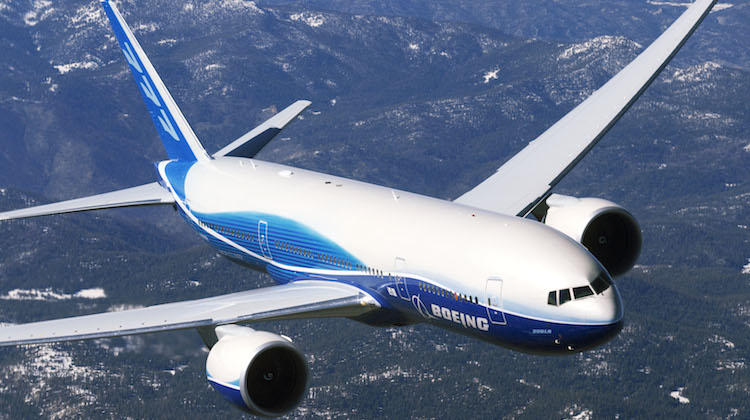
The Federal Aviation Administration has confirmed it is nearly ready to finalise its emergency directive stipulating the immediate inspection of certain Pratt & Whitney PW4000 engines, used in the Boeing 777.
The regulator’s chief administrator Steve Dickson has said the FAA has been working “nonstop” to regulate and rectify issues with the affected engines, and has warned operators of an imminent emergency directive for the aircraft utilising said engines.
The directive will see operators conduct a thermal acoustic image inspection of the large titanium blades located at the front of each engine, according to the FAA.
United Airlines, the only operator in the US that carries the Boeing 777 with the affected Pratt & Whitney engines in its fleet, has already grounded its entire fleet of affected aircraft as it awaits information regarding these inspections.
“We have been working on this nonstop since Saturday afternoon and I am confident that we will get it right,” Dickson said.
“We want to understand what happened and then take the necessary steps to prevent a similar occurrence in the future.”
There are around 128 planes in the world that would be affected by directive.
Less than 10 per cent of the global fleet of Boeing 777s utilise the Pratt & Whitney PW4000 engine.
The emergency airworthiness directive has been announced in light of a United Airlines flight that suffered an engine failure on Saturday.
The United Boeing 777-200, registration N772UA, was performing flight UA328 to Honolulu on Saturday when it suffered an engine failure shortly after take-off from Denver.
The 26-year-old aircraft had 231 passengers and 10 crew on board when the right PW4000 engine failed and caught alight at around 13,000 feet and rained debris over homes and yards in Broomfield, Colorado, as passengers and witnesses looked on.
Following its preliminary examination of the incident, the National Transportation Safety Board confirmed on Monday that two blades within the plane’s failed engine were severed, one of which was cut at the root, and the other through the middle.
NTSB chairman Robert Sumwalt said at a briefing on Monday that the damage seen in the blade that was cut at the root “indicates damage consistent with metal fatigue”.
The investigation continues.










